Fix That Back! 5 Strength Moves to Relieve Lower Back Pain Fast
Lower back pain can interrupt simple tasks like standing, lifting, or bending over. Experts have found that specific strengthening exercises help build support around the spine and hips. By practicing these movements regularly, you can improve posture and reduce discomfort that comes from weak muscles. No special gear is needed, and the exercises fit into short sessions at home.
Here are some strength-building moves that target the right muscles, improve control, and make everyday movement feel more supported and less painful.
Bridges
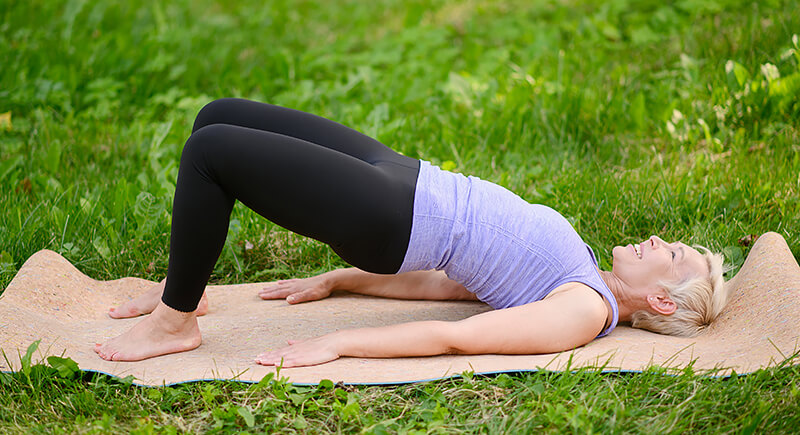
Credit: iStockphoto
If you ignore your glutes, your lumbar area often picks up the slack. Bridges strengthen the gluteus maximus, the main muscle responsible for hip extension during walking and climbing. Therapists generally start with this move because it quickly activates stabilizers that support the lower spine.
Lateral Leg Raises

Credit: iStockphoto
When the hip abductors weaken, your pelvis can drop slightly during each step. That imbalance travels upward and forces the lower back to work harder. Lateral leg raises prevent that problem by building strength in the gluteus medius. Ignoring these muscles sometimes leads to uneven walking patterns and chronic tension.
Drawing In
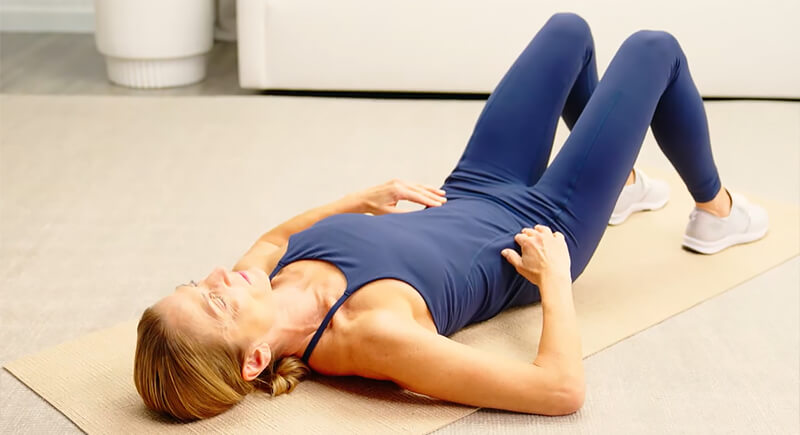
Credit: Youtube
The drawing-in maneuver teaches your body to support the spine during sudden movements. A 2018 study found improved stability in patients who practiced this technique daily. You will also not need any equipment or high effort for this exercise, yet it supports deep core muscles that steady spinal joints throughout ordinary activities.
Supermans
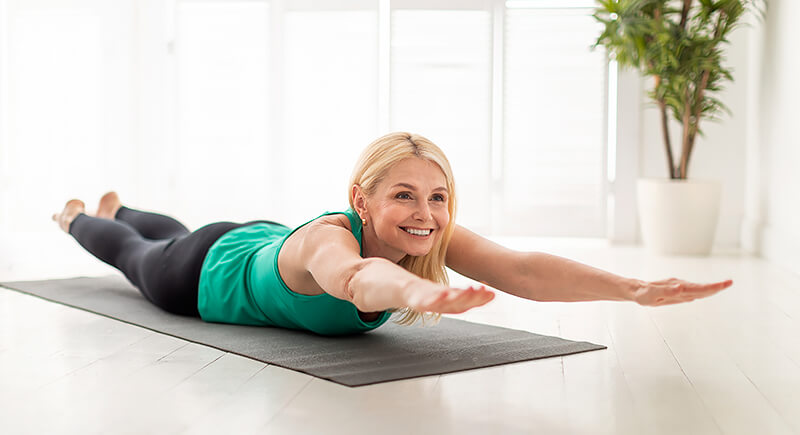
Credit: iStockphoto
Lie face down with your arms extended in front of you and legs straight. Lift both your arms and legs a few inches off the ground while keeping your head in line with your spine. Hold for a few seconds, then lower with control. This movement activates the spinal extensors, which play a major role in posture and stability.
Partial Crunches
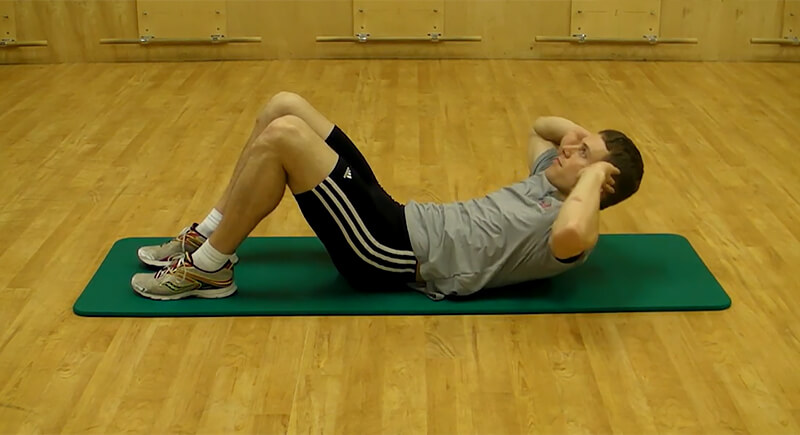
Credit: Youtube
Many people believe crunches only shape the abdomen, but when done carefully, they also support spinal alignment. Weak abdominal muscles shift the burden to the lower back during lifting and bending. This is why partial crunches help build strength without placing excess strain on the spine.
Bird-Dog
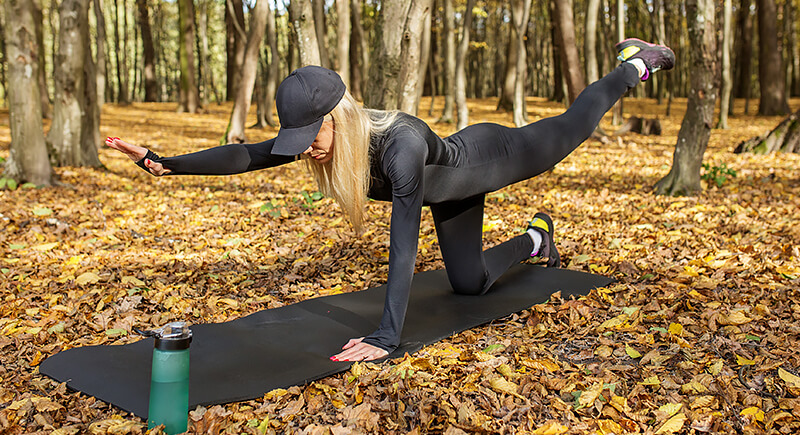
Credit: iStockphoto
Physical therapists usually prescribe bird dog exercises to aid in improved coordination between the upper and lower bodies. On hands and knees, extend one arm and the opposite leg, and ensure your trunk is steady. Return and switch sides. Studies in rehabilitation settings show this move improves balance in people recovering from back injuries.
Side Plank
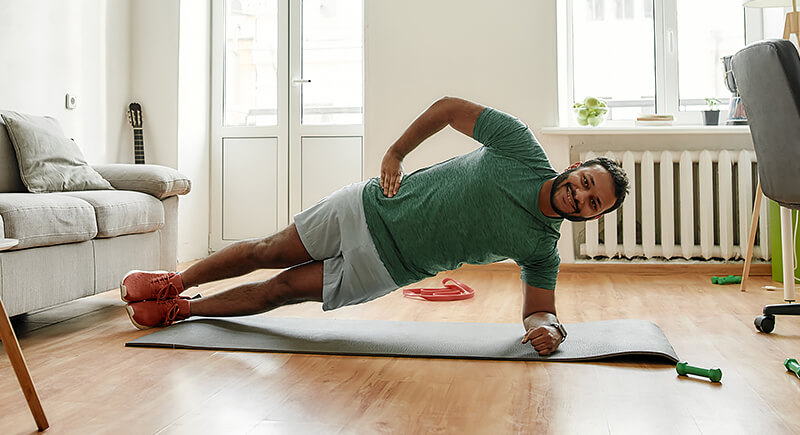
Credit: iStockphoto
For those who avoid side planks, the lateral core muscles often remain underdeveloped. These include the obliques and stabilizers that control side-to-side movement and alignment. Without strength in those areas, the lower back tends to overcompensate, especially during twisting or uneven weight shifts. That compensation builds up as strain and causes stiffness, discomfort, or instability.
Plank
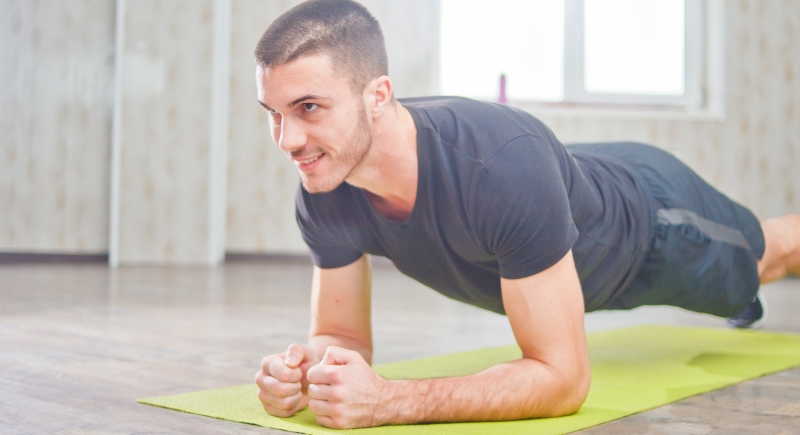
Credit: Canva
You may not be aware, but planks recruit several muscle groups at once, including the abdominals, shoulders, and legs. Experts recommend them because they build static strength without heavy movement. Set up on forearms and toes, lift your hips, and stay. Keep your torso straight and avoid letting the hips sag.
Pelvic Tilt
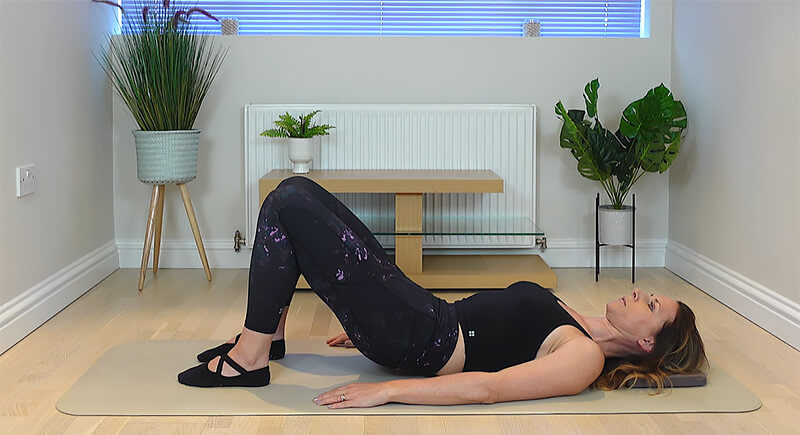
Credit: Youtube
To begin a pelvic tilt, position yourself on your back with your knees bent and feet fully flat on the ground. Then, tighten your abdominal muscles and gently press your lower back into the surface beneath you. Pause for a couple of seconds before you release to a neutral spine. Soon enough, you will be able to counteract stiffness and poor posture caused by extended sitting.
Knee-to-Chest Stretch
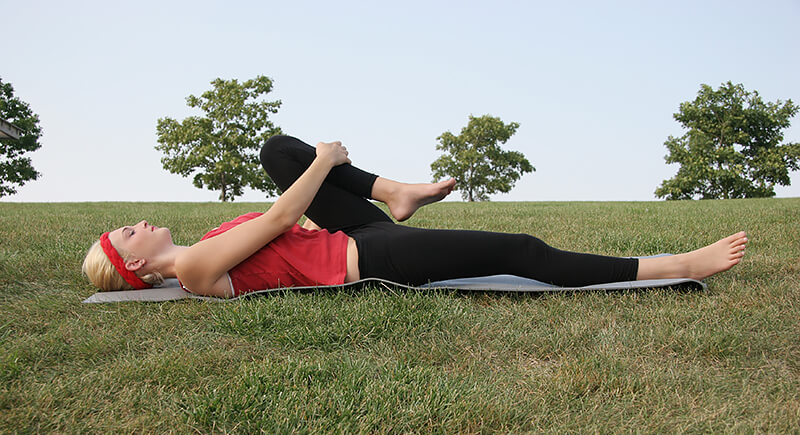
Credit: iStockphoto
Bringing one knee toward your chest while lying on your back helps release tension in the lower spine. Maintain the position with both hands, then switch sides. Professionals typically use this stretch between strengthening exercises to relax tight muscles and reset posture. It prepares the body for heavier movement.
Rotational Lower Back Stretch
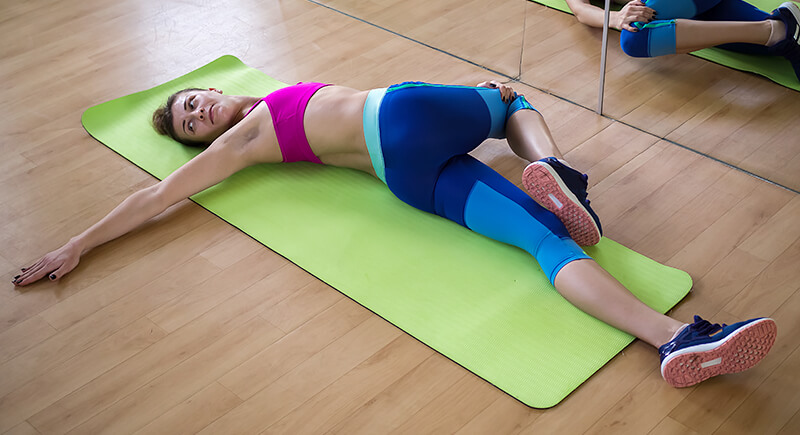
Credit: iStockphoto
Practicing controlled rotations encourages smoother spinal motion and better comfort throughout the day. You can kick it off by lying down with knees bent and feet flat. Slowly roll both knees to one side while maintaining the alignment of your shoulders. Pause momentarily, then return to the center and repeat on the other side.
Seated Rotational Strength Hold
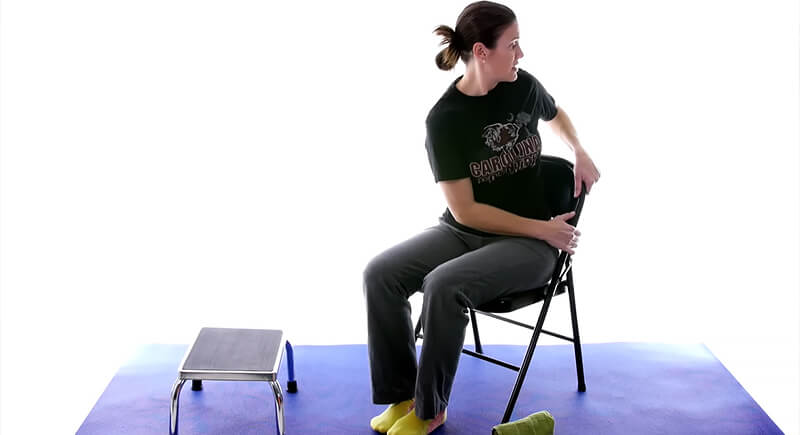
Credit: Youtube
Most people overlook rotational strength until discomfort makes movement harder. Without exercises like seated rotations, the spine loses some of its ability to turn smoothly and safely. For this reason, seated rotations help maintain flexibility and control during twisting motions.
Shoulder Blade Squeeze
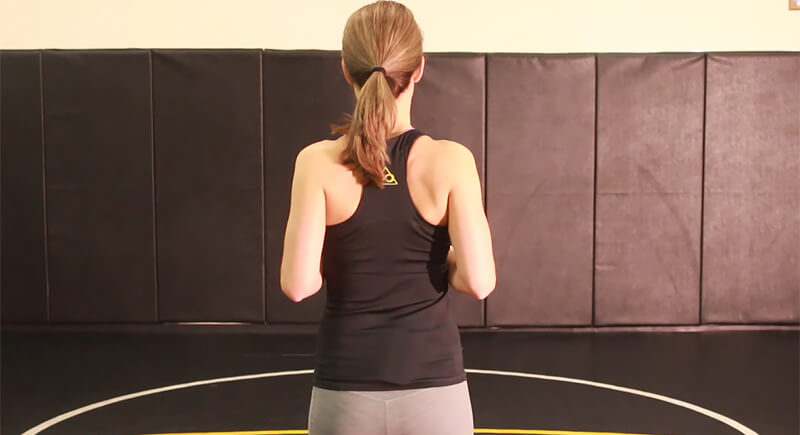
Credit: Youtube
Office-related back pain isn’t a new problem. In the 1980s, as computer use increased in desk jobs, studies began documenting a rise in posture-related musculoskeletal issues. One key finding pointed to weak upper back muscles contributing to lower back strain. The shoulder blade squeeze addresses that imbalance by training the muscles between your shoulder blades.
Standing Hip Abduction Drill
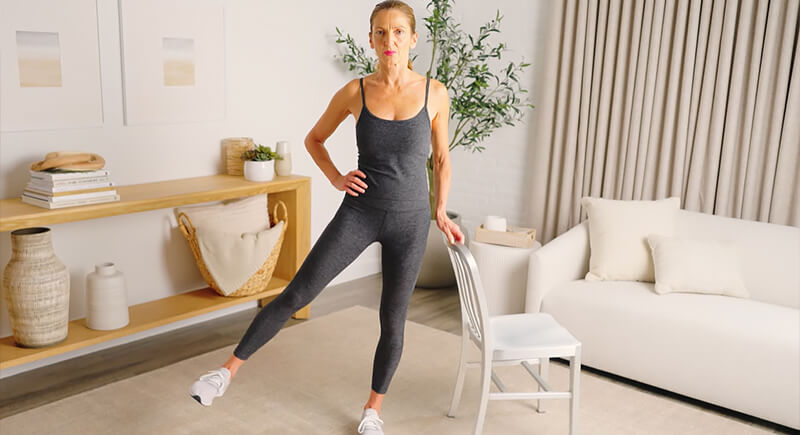
Credit: Youtube
Stand upright beside a wall or sturdy surface for balance. With your torso steady, lift one leg straight out to the side without tilting your body. Stop briefly at the top, then lower and switch sides. The muscles involved play a major role in leveling your hips during walking and standing.
Wall Sits
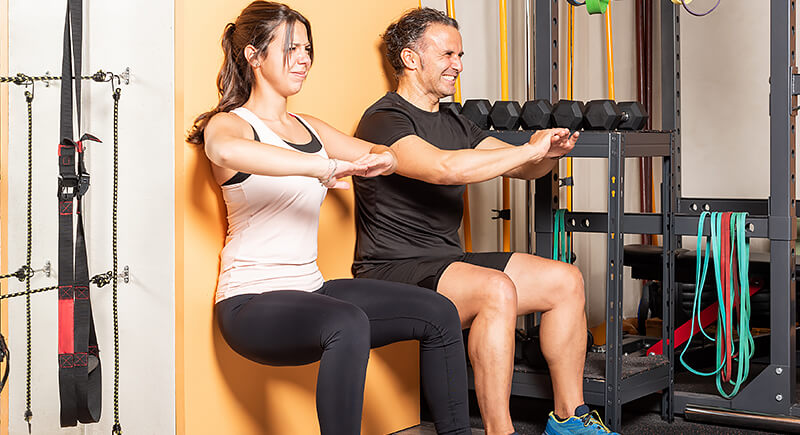
Credit: iStockphoto
A clinical review highlighted how lower limb weakness contributes to chronic low back pain. Wall sits directly address this by engaging the quadriceps and glutes, which are key muscles for supporting the spine during upright movement. Building these muscle groups reduces the load on your lower back during daily activities like standing and lifting.